When you start a new character in Salt and Sacrifice, you come equipped with a basic set of weapons and armor, either at Tier 1 or Tier 0. Hunting Mages opens up the ability to craft armor based on their powers and element back at Pardoner’s Vale. You’ll want to take time to upgrade your gear — it’s only mediocre when you first find or create it.
In this guide, we’ll cover everything you need to know about upgrading your weapons and armor in Salt and Sacrifice, including where to find the Artifcat vendor, so you can take out every mage and boss you find.
How to Upgrade Weapons and Armor in Salt and Sacrifice
There are three ways to find new gear — as drops, treasure, or crafted Mage equipment — and everything you equip can be upgraded or altered in some way, from your weapons and armor to your rings, amulets, and artifacts.
Your armaments are the simplest to upgrade. Once you’ve either retrieved or crafted them, head to the equipment enhancement station up from and to the left of the crafting table.
You’ll spend one of six types of Ashpyr to upgrade weapons and armor based on the gear’s elemental affinity.
- Ashpyr: Non-elemental physical and other standard gear.
- Blazepyr: Fire-elemental gear.
- Frospyr: Cold-elemental gear.
- Mosspyr: Poison-elemental gear.
- Goldenpyr: Light-elemental gear.
- Voidepyr: Dark-elemental gear.
There are five levels of Pyrstone items:
- Single Pyrstone.
- Twinpyr.
- Pyrstone Trio.
- Pyrstone Cluster.
- Pyrstone Brick.
Each level except for the Pyrstone Brick costs six units to upgrade to the next level, starting with a cost of one mat, then two, and finally three.
You’ll find these various crafting materials out in the wild, but your primary source will be hunting Mages and killing elementally aligned bosses. Most Mages in Salt and Sacrifice have two elemental affinities: one primary and one secondary.
The gear you craft from the materials they drop will be their primary element, but they can drop both kinds of elemental crafting materials, as can the mobs they spawn.
What elemental affinity a boss has is usually straightforward. A Pyromancer is purely Fire, whereas an Electromancer is Light/Fire. Others take a little stretching, like the Neuromancer, which is Poison/Light. You’ll learn the affinities based on the materials each Mage drops. The more common mats are the primary element, the rarer mats are the secondary.
How to Find the Artifact Vendor
Take everything back to Pardoner’s Vale and head to the right of the spawn point. The crafting station is the firepit near the NPC. Up the stairs to his left is the enhancing station where you apply Ashpyr.
You’ll come across a green-robed and behatted NPC in your journey through Ashbourne Village. He’s just past the gatehouse to the right of the spawn point, up on a platform reachable via the grappling hook.
After you speak to him, he’ll return to Pardoner’s Vale between the spawn point and before you reach the crafting station. He allows you to upgrade or break down the Artifacts you find on your adventures.
There are four choices of importance at this vendor:
- Purge Artifacts: Destroy an artifact to release a Memory material.
- Combine Memories: Spend multiple lower-tier Memory items for a single higher-tier one.
- Bolster Artifacts: Spend Memories to randomly reroll and increase the effectiveness of a single Artifact.
- Split Pyrstone: Dismantle higher-grade Pyrstone into multiple lower-grade stones.
Upgrading your Artifacts will remove all previous effects, but the new ones will always be of a higher power. They might not be immediately useful effects, forcing you to reroll, but the numbers will be higher. Effects are based on the rarity of the Artifact, with Legendaries providing the most and strongest buffs.
Artifacts are a great supplement to any build, and while they’re not all created equal, neither are the best weapons in the game compared to the starting class ones. With that, you have all the info you need to upgrade your weapons, armor, and other gear in Salt and Sacrifice. You’re likely to come across the Artifact vendor on your route to the co-op NPC, who gives you the Golden Candle. Head over to our Salt and Sacrifice guides hub for info on those topics and more.

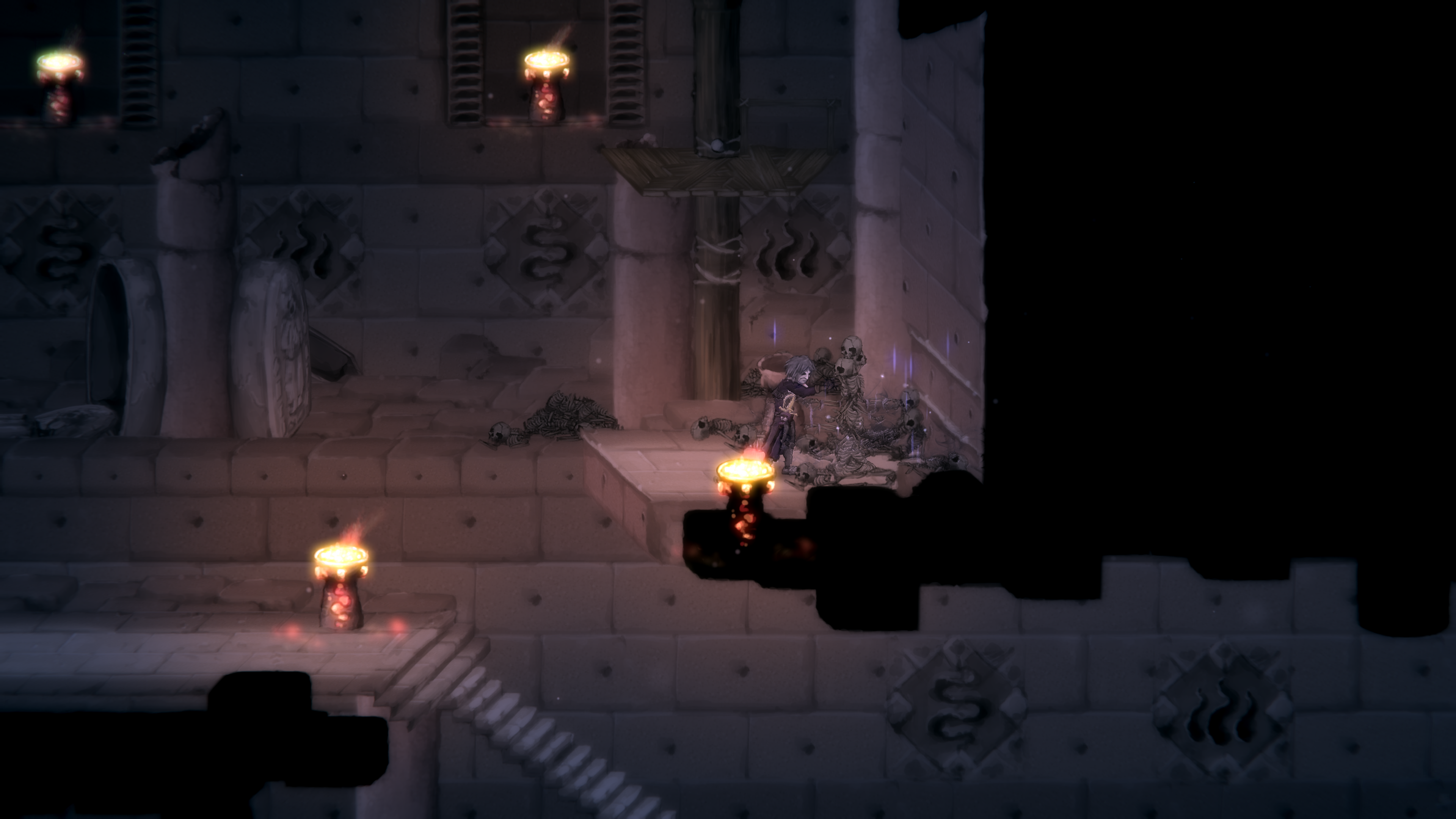
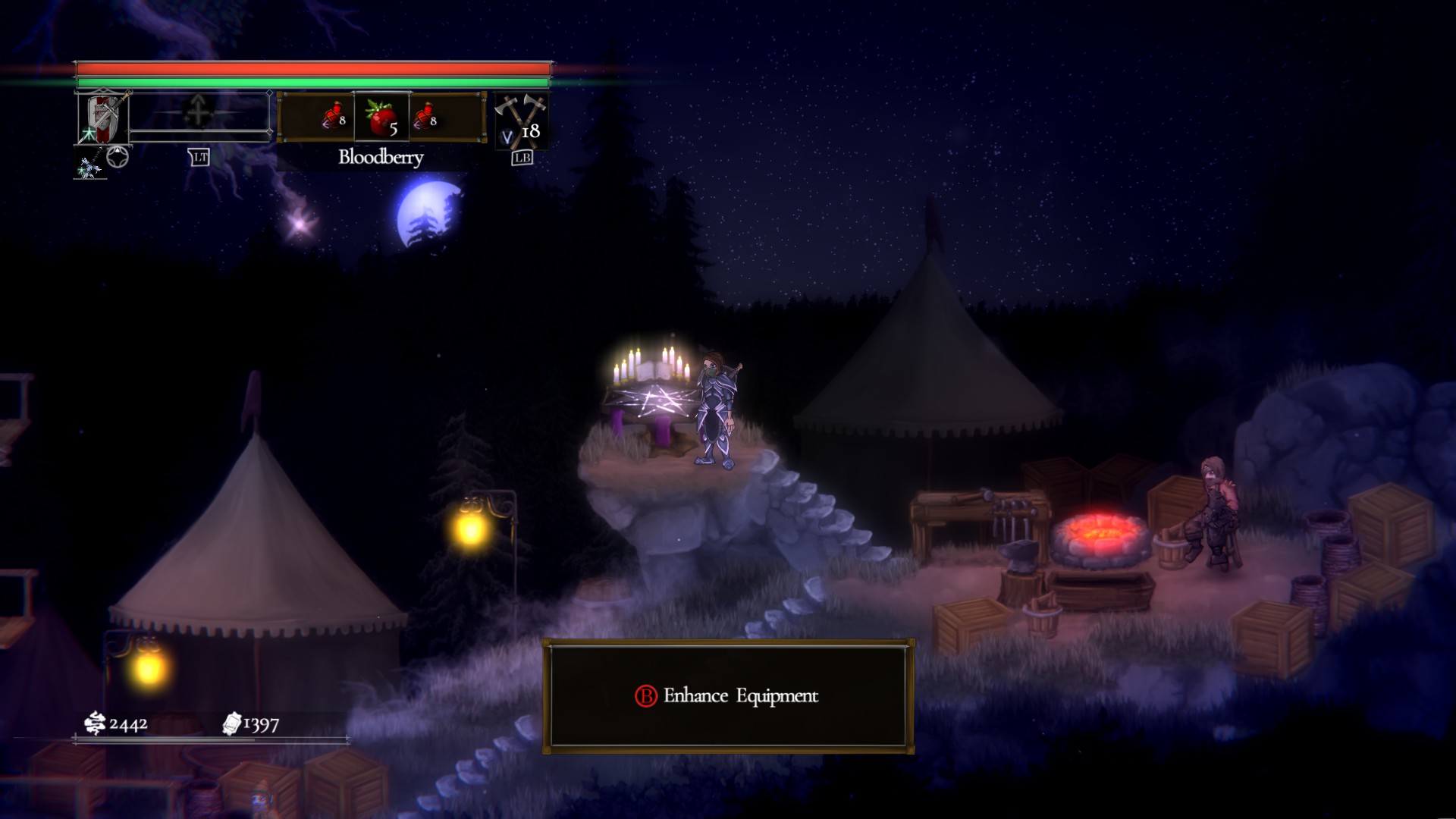
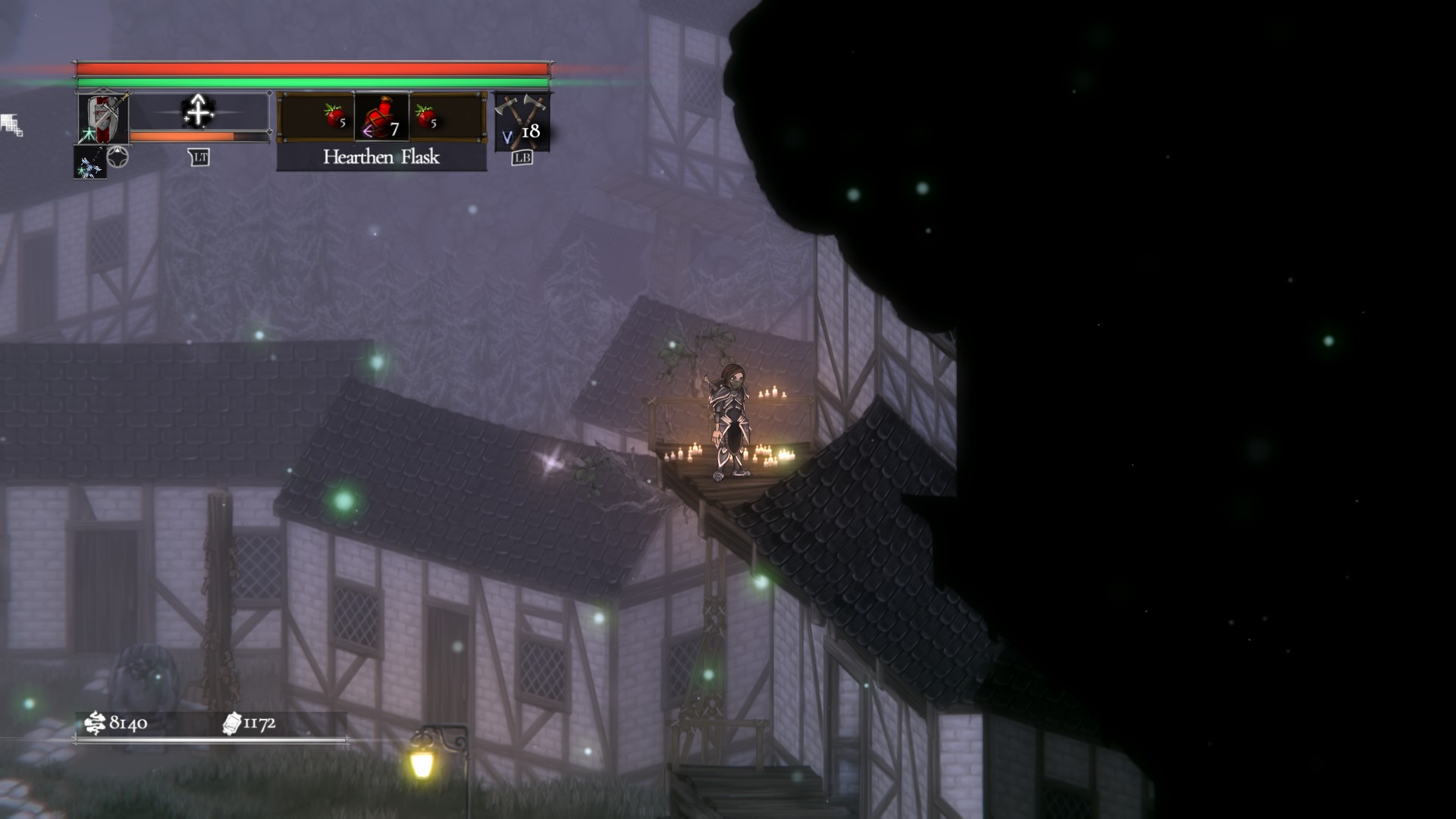
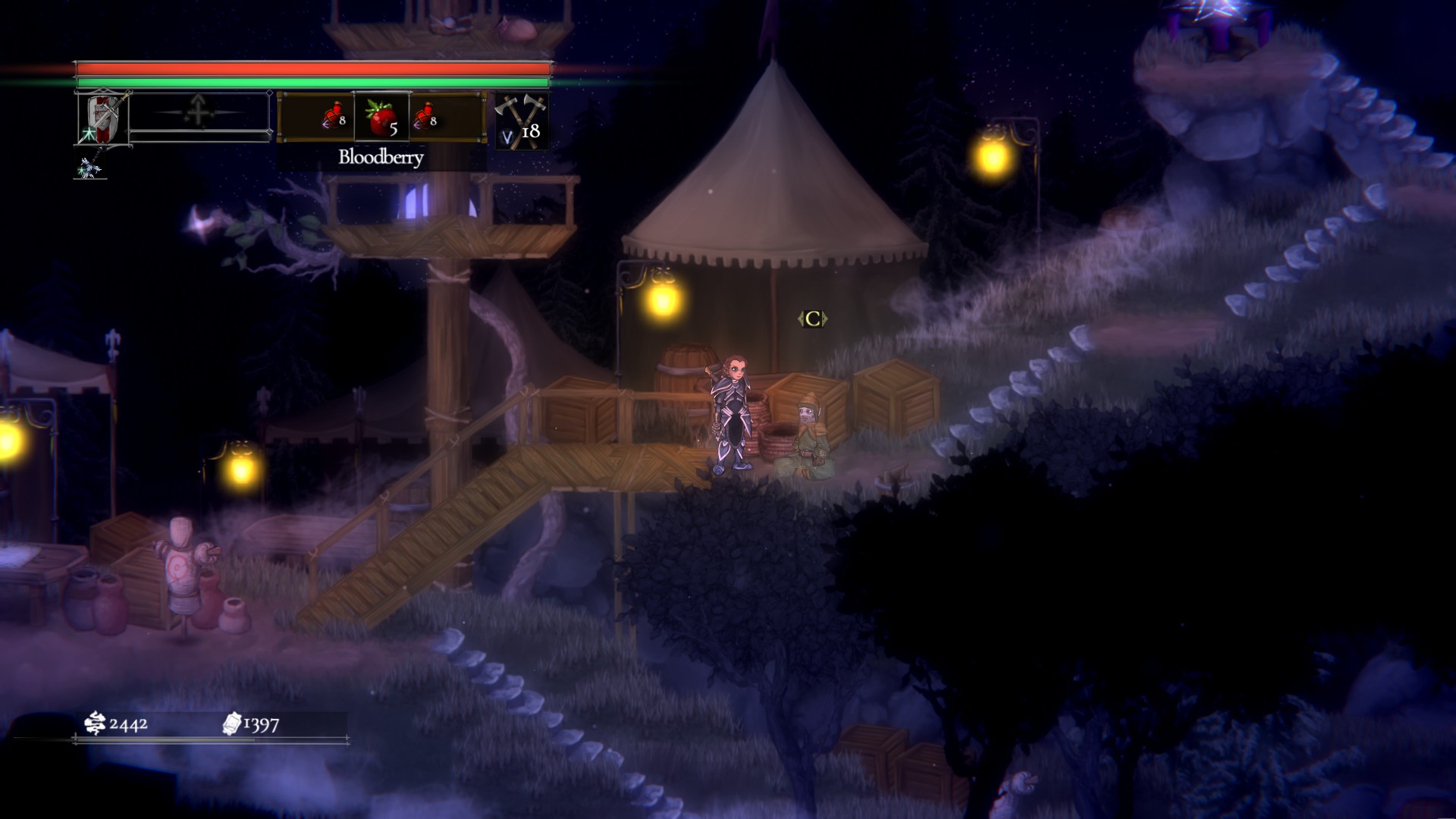




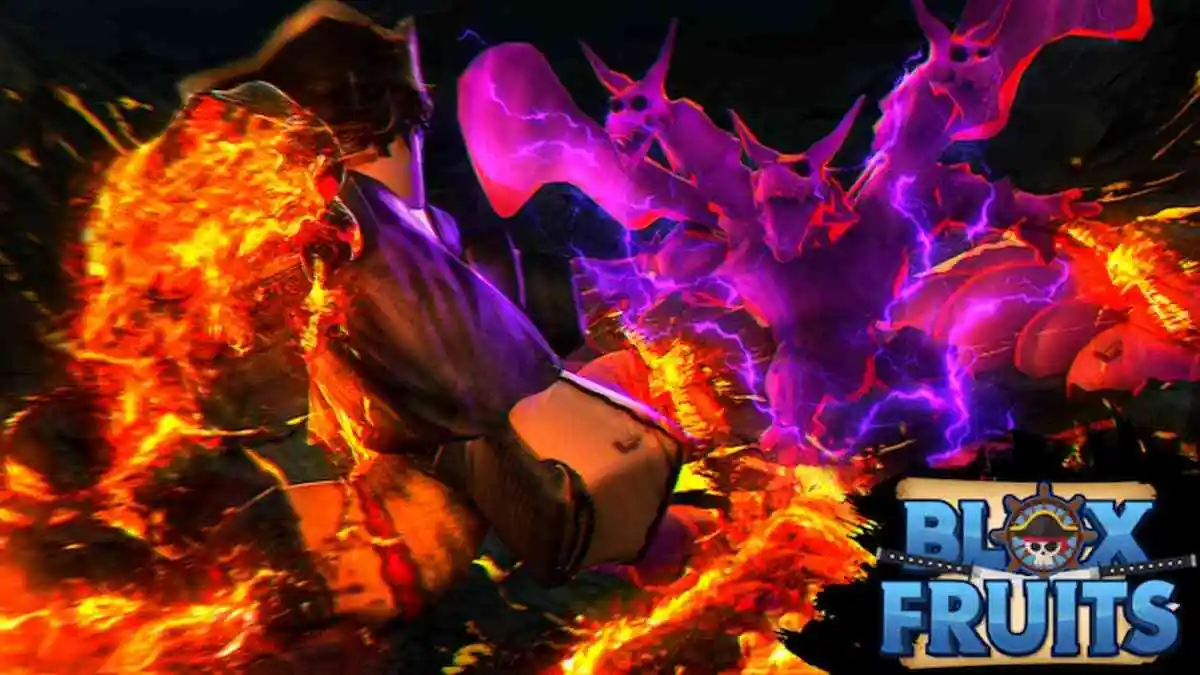
Published: May 15, 2022 01:40 pm